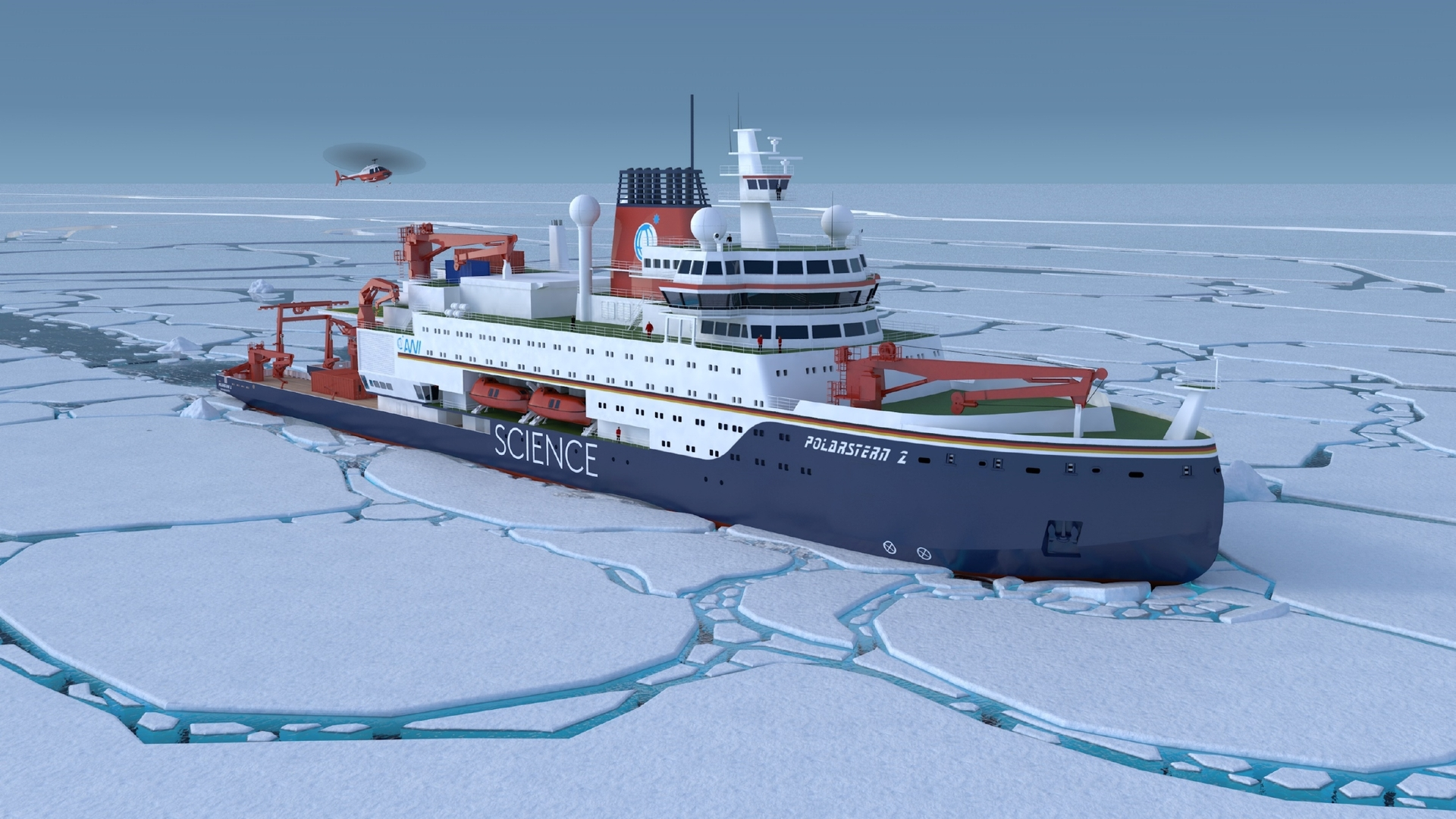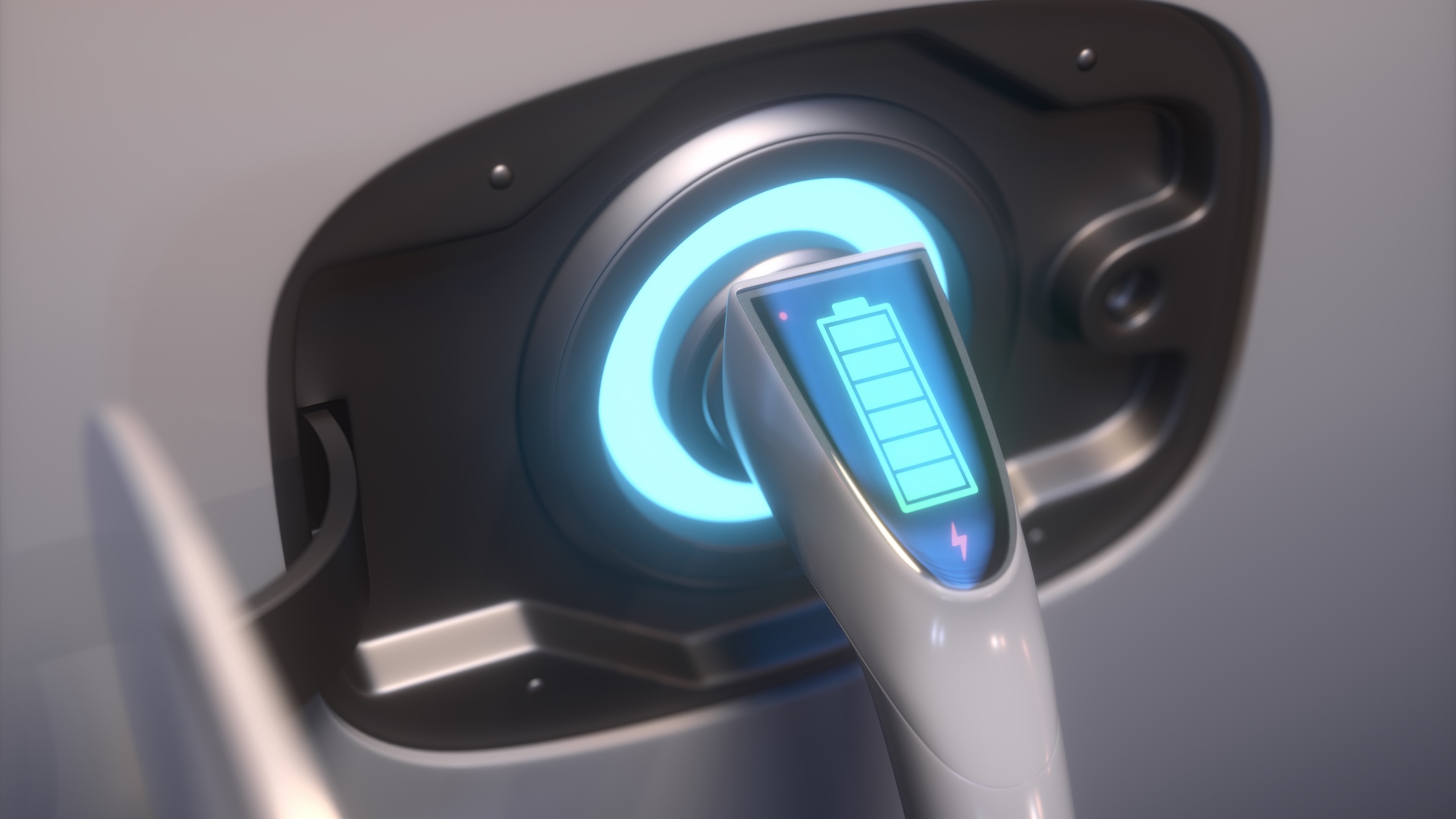
Germany’s icebreaker Polarstern has secured a new groundbreaking propulsion system as part of its next-generation upgrade in a crucial step forward in sustainable polar exploration.
Funded by the Federal Ministry of Research, Technology and Space (BMFTR), the new Polarstern will be equipped with two 160 PULL ARC LM azimuth propulsion systems, commonly known as rotating propeller nacelles.
Each of the propellers, considered the largest mechanical units of their kind ever built, will reportedly generate nine megawatts (MW) of power using a 16-foot (4.8-meter) diameter blade.
To supply the advanced hybrid propulsion system with power, precision and ultra-low emissions, the Alfred Wegener Institute (AWI) and shipbuilder TKMS will collaborate with Finnish companies Wärtsilä, Steerprop, and Aker Arctic.
“We are delighted that the order for the propulsion unit, which marks the first key milestone on the way to the new Polarstern, has now been placed,” Maarten Boersma, PhD, director at the Alfred Wegener Institute, Helmholtz Centre for Polar and Marine Research, stated.
Pushing engineering limits
Built for ice class Polar Class (PC2), the research icebreaker has carried out over 300 expeditions to the Arctic and Antarctic, including the historic MOSAiC mission, which spent over a year drifting with the sea ice to study climate change.
Considered the most important tool of German polar research, the ship will now be upgraded with new propeller nacelles capable of rotating 360 degrees and can also assist with maneuvering.
To complement the azimuth propulsion, a 17.7-feet (5.4 meters) five-bladed fixed pitch stainless steel propeller system designed by Aker Arctic will round out the propulsion package.
This dual-mode propulsion architecture, capable of both brute-force icebreaking and agile directional control, will make the new Polarstern uniquely equipped for complex polar operations.
Dual-fuel capability
Both propulsion types will be powered by Wärtsilä main engines capable of generating 33.1 megawatts of diesel-electric power. According to AWI, two of them will be capable of dual-fuel.
This means that, in addition to diesel, they will also run on green methanol. The dual-fuel capability is expected to significantly reduce the ship’s carbon footprint and support the global shift toward cleaner maritime operations.
“With the selection of the complex propulsion system for the new Polarstern, we are ensuring that we meet the exacting customer requirements for reliability, environmental protection and sustainability,” Oliver Burkhard, TKMS CEO, said.
The generator sets will be low-noise, with the exhaust system meeting the strictest emission standards. An onboard battery will allow the ship to operate for up to four hours without generators, enabling fully emission-free research during that time.
Novel maritime technology
To further reduce its environmental footprint, the new Polarstern will use a new emissions technology. It will reportedly filter exhaust gas with advanced systems to minimize particle release.
“Although it will take until April 2027 before the first welds are actually made on the ship, the construction of the innovative machinery must naturally proceed in parallel,” Boersma concluded.
The research vessel will also be equipped with a catalytic converter for exhaust gas aftertreatment. The propulsion system is designed to meet the particularly strict acoustic requirements of the ICES 209 guideline.



